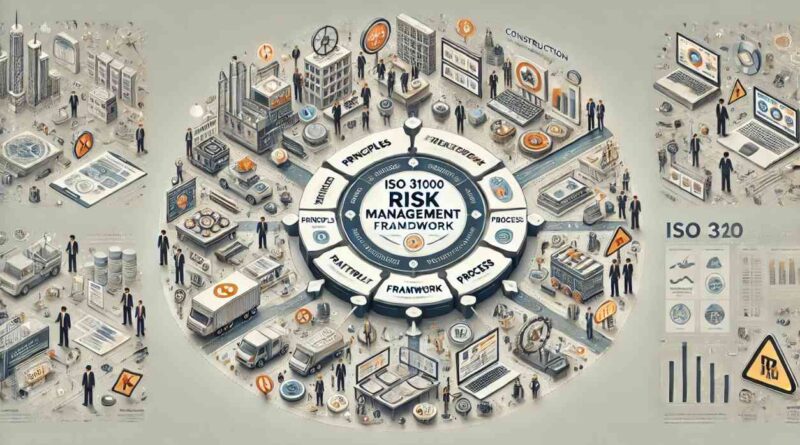Professional Brief – ISO 31000 as a Strategic Risk Management Framework
In an era of rapid digitalization, economic volatility, and environmental uncertainty, risk is a defining factor of organizational success. Companies that fail to embed structured risk practices into their strategic and operational processes are more likely to experience disruption—and less likely to recover.
ISO 31000 is the globally recognized standard for enterprise risk management, providing a robust and adaptable framework for integrating risk into decision-making at all levels.
What Is ISO 31000?
ISO 31000:2018 is an international standard for risk management that provides principles and guidelines applicable to any organization, regardless of size, industry, or jurisdiction. It offers a systematic approach to:
- Identifying potential threats and opportunities
- Evaluating the impact and likelihood of risks
- Implementing controls to mitigate risk exposure
- Monitoring and reviewing risk performance regularly
This framework goes beyond compliance. It aligns risk thinking with leadership, planning, performance, and culture—making it a cornerstone of modern governance and strategy.
Why ISO 31000 Is a Strategic Imperative
ISO 31000 reframes risk as a strategic enabler rather than a reactive process. Its principles help organizations:
- Align risk appetite with organizational objectives
- Improve stakeholder confidence and decision transparency
- Increase agility and preparedness for crises
- Reduce costly surprises and non-compliance events
- Capitalize on opportunities within uncertain environments
Organizations applying ISO 31000 report improved consistency, accountability, and responsiveness across functions—from boardroom to front-line teams.
Key Features of the ISO 31000 Framework
1. Guiding Principles
- Integrated: Risk management is part of all organizational activities
- Structured and comprehensive: Ensures consistent outcomes
- Inclusive: Considers knowledge, views, and perceptions of stakeholders
- Dynamic: Recognizes risk changes over time
- Best available information: Relies on quality data and insight
2. Risk Management Process
- Establish context
- Identify risks
- Analyze risks
- Evaluate risks
- Treat risks
- Monitor and review
- Communicate and consult
This cyclical process ensures continuous improvement and adaptability to changing internal and external conditions.
Consequences of Not Using a Risk Framework
Organizations without a structured risk approach often face:
- Fragmented decision-making
- Regulatory violations and legal exposure
- Reputational damage from crisis mishandling
- Financial losses from operational downtime
- Missed opportunities due to risk-averse culture
ISO 31000 provides the blueprint to mitigate these vulnerabilities with foresight and professionalism.
Who Should Use ISO 31000?
While developed for risk managers, ISO 31000 is broadly applicable to leadership, project management, compliance, finance, and operational teams.
It supports decision-making across:
- Corporate governance
- Investment strategy
- Public policy
- Health, safety, and environment (HSE)
- Project development and rollout
Its flexibility allows both large enterprises and SMEs to tailor the framework to their unique needs and maturity levels.
Structured Learning for Application
To promote adoption, we’ve developed a concise 1.5-hour self-paced course designed for busy professionals, executives, students, and public sector leaders.
The course includes:
- A breakdown of ISO 31000’s core structure
- Practical examples of risk identification and treatment
- Tools for integrating risk into everyday decisions
- Certificate of completion (endorsed by the Risk Management Association of India)
This course empowers participants to apply ISO 31000 effectively in their specific roles.
Final Thought: Resilience Begins with Readiness
In a volatile world, risk isn’t just an operational concern—it’s a leadership responsibility. ISO 31000 equips organizations with a practical and adaptable framework to manage uncertainty with confidence.
By embedding structured risk practices into your business strategy, you’re not just managing problems—you’re preparing for progress.




